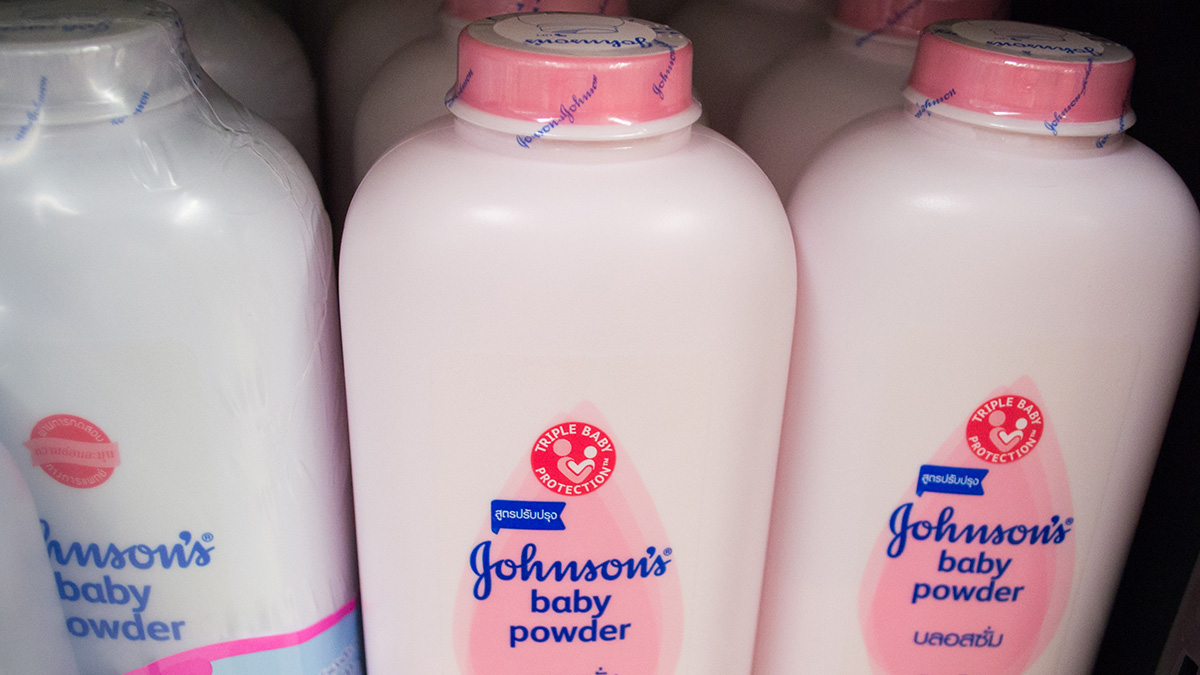J&J raises talc offer to $9bn with new insolvency bid

Johnson & Johnson has made an offer of nearly $9 billion to try to resolve tens of thousands of lawsuits it faces in the US that claim its talc products cause cancer.
The new offer is substantially higher than the $2 billion it had previously set aside to resolve the litigation, and comes alongside a renewed attempt to use a bankruptcy mechanism to handle the complaints.
A few days ago, it emerged that an appeals court had turned down J&J’s attempt to refer its current resolution attempt to the Supreme Court, having previously also rejected the plan.
J&J’s proposed solution to the liability was to divide its business, with the creation of a new company called LTL Management LLC in 2021 that will take responsibility for the litigation and separate it from J&J’s core business. That was blocked, however, as the court ruled that neither J&J nor LTL were in financial distress, so had no need for bankruptcy protection.
J&J is hoping that the increase in the fund that will be made available to LTL from $2 billion to $8.9 billion – payable over 25 years – will make it more likely that the plan will be accepted, and has now re-filed its petition for voluntary bankruptcy protection.
It claims that the new offer to resolve “all the current and future talc claims […] has secured commitments from over 60,000 current claimants.”
In a statement, the company insisted that the decision to raise the settlement fund is not an admission of wrongdoing, and should not be taken as a sign that it has “changed its longstanding position that its talcum powder products are safe.”
The use of bankruptcy protection in this way – colloquially referred to as a ‘Texas Two-Step’ – has been criticised for allowing defendants facing liability claims to sidestep their legal and financial obligations.
Erik Haas, J&J’s worldwide vice president of litigation, said the bankruptcy court had acknowledged that resolving these cases piecemeal could take decades and result in massive costs for LTL, with claimants at the mercy of the vagaries of individual court judgments.
“Resolving this matter through the proposed reorganisation plan is both more equitable and more efficient [and] allows claimants to be compensated in a timely manner,” he added.
While J&J has chalked up some successes in its defence of talc-related litigation in recent years, others have not gone its way – notably a $2.1 billion award of damages to plaintiffs in a Missouri court case.
Last year, the company said it would stop selling talc-based products globally in 2023, around two years after halting sales in the US and Canada, and move its worldwide production entirely to cornstarch-based versions.












